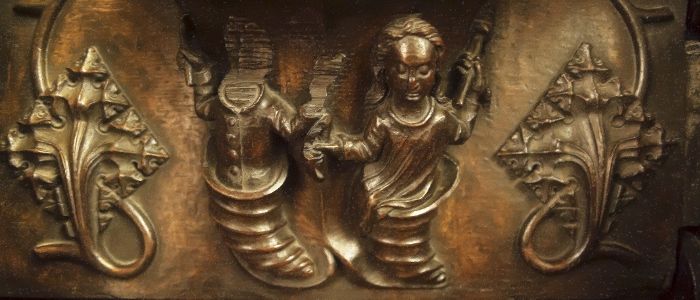
MENU 
- Home
- Worship
- Community
- New to Holy Trinity Church
- Electoral Roll
- Eco Church
- Exploring Christianity
- Growing Together
- Future Events
- Social Events
- Outreach and Pastoral Care
- Parish Vision and 5 Year Plan
- Planned Giving
- Parochial Church Council
- Trinity Times
- Weekly Bulletin
- Holy Trinity Primary School
- Trinity Tots
- Trinity Players
- Visitors
- Life Events
- Friends
- Villages
- Contact/Forms
- Contact Us & Enquiries
- Associate Minsiter Vacancy
- Gift Aid Declaration
- Nomination and Seconder Forms
- Booking a Service in Holy Trinity
- Booking an Event in Holy Trinity Church
- Booking an Event in the Parish Centre
- The Clergy
- Honorary Assistant Ministers
- Our Church Wardens
- Lay Staff
- Music Staff
- Donations
- Join a Contact Group
- Volunteers
- Holy Trinity Policies
- Holy Trinity Hire Charges
- Maintenance Requests
- Safeguarding


